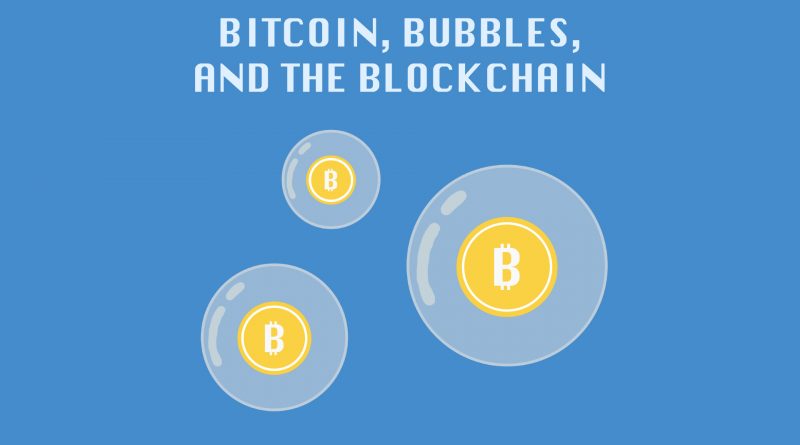BBB: White Supremacy’s role in the world of crypto
By Claire Halloran
Welcome to Bitcoin, Bubbles, and the Blockchain. This is a weekly column focused on the world of cryptocurrencies and the future of digital capitalism.
__________________________________________________________________________________________________________________
After the Unite the Right rally in Charlottesville, Virginia on August 12 of last year, white supremacists and other members of the alt-right were being turned away by most major crowdfunding platforms.
PayPal, Stripe, Patreon, and other similar websites were shutting down the accounts of known white supremacists in opposition to their racist and anti-semitic views, forcing them to look for an alternative.
Income Christopher Cantwell, the infamous white supremacist frequently referenced as the face of the Unite the Right Rally, who began promoting the use of cryptocurrency to accept donations from supporters.
Cantwell has been using Bitcoin since 2013 but has been promoting the use of Monero in more recent months via his website and podcast. Monero is known in the crypto community as a controversial, decentralized currency that promises total anonymity in transactions. The use of Monero is growing in popularity among groups such as the alt-right, as well as members of the criminal underworld, as it allows them to keep their business transactions hidden from the government.
However, according to Lucas Nuzzi, the Director of Technology at Digital Asset Research, an expert in cryptocurrency, it is difficult to tell how much of Monero’s user base is composed of criminals or extremists and said that it is likely small.
“The appeal is that whoever is looking at a given transaction can’t pinpoint who sent and received the money,” Nuzzi said, according to an article published by Newsweek. Nuzzi also noted that while the anonymity is useful for people such as Cantwell, the coin is not user-friendly, and typically require using a more prominent coin as a bridge for conversion.
The need for this bridge creates a point of weakness in Monero’s promise for complete anonymity, according to John Bambenek, a researcher for Cybersecurity and Intelligence group ThreatStop. Bambenek is the author behind the Twitter account @Neonaziwallet, and spends his days tracking the Bitcoin wealth of infamous extremists, most notably Andrew Anglin, the editor of Daily Storm, and Andrew Anglin, the tech expert from Daily Stormer, which is a well known neo-Nazi website.
The website, like Cantwell, has been rejected from major payment platforms, so accepts donations from its supporters through Monero and Bitcoin.
“They’ve been particularly irritated with what I’m doing,” Bambenek says about publicizing the finances of Anglin and Auernheimer. “So, they’ve moved to Monero in part to make my work more difficult.”
Bambenek is not the only cryptocurrency expert that recognizes the flaws in Monero’s promise. In a recent study, researchers from a collection of institutions, including Princeton, Carnegie Mellon, Boston University, MIT, and the University of Illinois at Urbana-Champaign, pointed out flaws in Monero that could reveal the identity of not only its users today, but every user in the coin’s history.
“The mental model that people have today for Monero is a simplistic one, that these transactions are private. That model is just incorrect,” says Andrew Miller, a researcher at the University of Illinois at Urbana-Champaign who worked on the paper. “There’s information that’s revealed and not covered up by Monero’s cryptography.”
The major flaw in Monero’s cryptography today lies in how Monero hides the source of a payment, by mixing the coin someone spends with a sampling of other coins used as a decoy known as “mixin”.
In the mix of anyone real coin and a set of fake coins used in a transaction, the real one is very likely to have been the most recent coin to have moved prior to the transaction. Because of this, timing analysis could correctly identify the real coin more than 90 percent of the time, which nullified Monero’s privacy safeguards. In February of 2017, the developers changed the system slightly, which reduced that to just 45 percent of the time.
Despite the alternate use of Monero, the coin is still suffering losses in a similar pattern of major coins such as Bitcoin and Ethereum and is down about 40 percent this month.
__________________________________________________________________________________________________________________
Thanks for checking out Bitcoin, Bubbles, and the Blockchain. Check back weekly for the latest news on the world of cryptocurrencies and digital capitalism.
Disclaimer: Claire Halloran is a minor investor in cryptocurrency.




